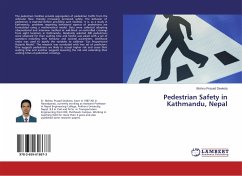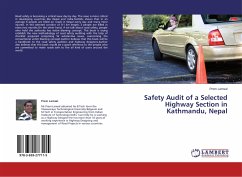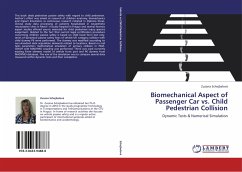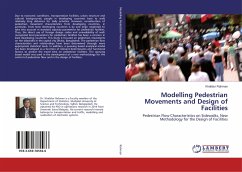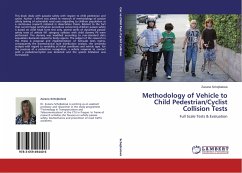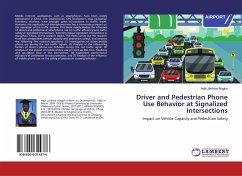The pedestrian facilities provide segregation of pedestrian traffic from the vehicular flow, thereby increasing perceived safety. The behavior of pedestrian is essential before providing such facilities. It is, as a study in Kathmandu, problems regarding behavioral aspects of pedestrians are formulated using a mathematical model. Data were collected adopting observational and interview method at mid-block un-controlled crossings from eight locations in Kathmandu. Randomly selected 400 pedestrians were observed for their waiting time and he/she was asked with a set of questions including their behavior and societal parameters. Likelihood ratios was used to signify the variables to calibrate 'Cox Proportional Hazards Model'. The research was concluded with two set of predictors. One suggests pedestrians are likely to accept higher risk and cease their waiting time and another suggests lowering the risk and extending their waiting times at pedestrian crossings.
Bitte wählen Sie Ihr Anliegen aus.
Rechnungen
Retourenschein anfordern
Bestellstatus
Storno

